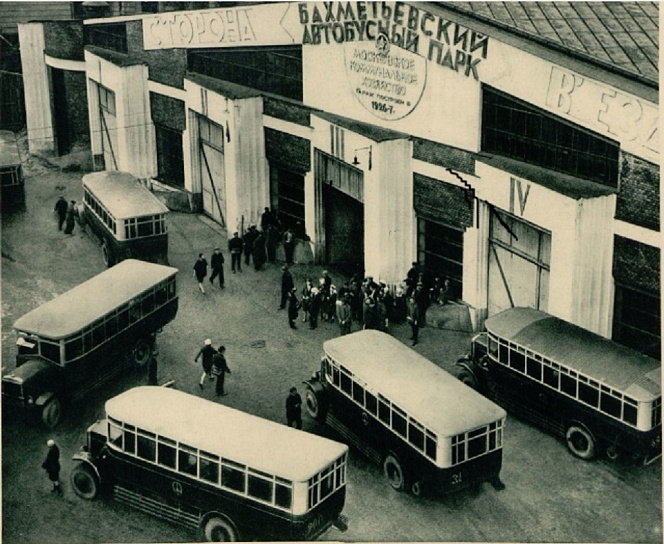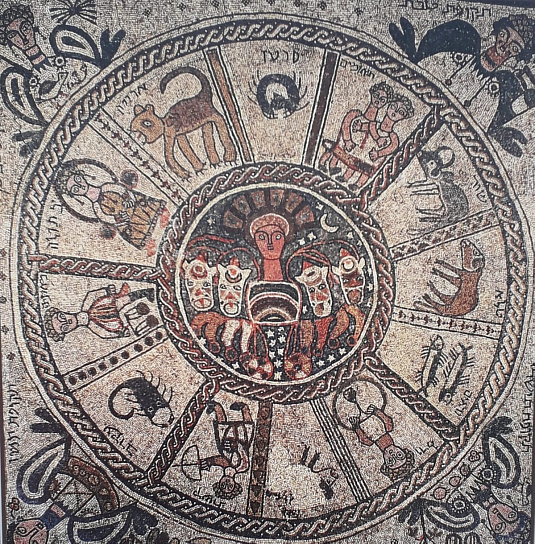Initially, in the application for an additional plot of land, which FEOR sent to the Moscow government, it was not about the museum as such, but about an educational center with a wide range of opportunities. It was planned that this should be an institution in the “edutainment” format, in which visitors would be able to get acquainted with the facts of the history of Russian Jewry, including in an entertaining format.
An undoubted advantage of the “edutainment” format is the active use of media technologies, which make it possible to expand the boundaries of the museum, filling it with a large amount of information, and ensure its regular replenishment without reconstruction of the exhibition space. At the same time, the creators of the project were faced with the task of creating integral knowledge for presentation in a permanent exhibition. To do this, it was necessary to systematize scattered fragments of the history of Russian Jewry at the academic level.
“It was important for us to create not just a repository of knowledge about bygone days, but a constantly developing cultural center - a museum of the past, present and future, evolving, taking on new forms.” (A.M. Boroda)
The territory allocated for the museum by the Moscow government was located close to the Moscow Jewish Community Center, which had already been built by that time. This was the Bakhmetyevsky bus depot, the main garage of which, with an area of about 8500 sq.m., was built in 1927 according to the design of the great Russian constructivist Konstantin Melnikov and engineer Vladimir Shukhov. The park owes its name to the street on which it was located - the former Bakhmetyevskaya, now Obraztsova Street. It was handed over to the community in January 2001, two years after the transport sector was withdrawn from there. By the time of the transfer, the building was in a deplorable state: the roof was missing in places, and destruction reigned inside, typical of abandoned industrial premises. The current situation posed new tasks for the Federation of Jewish Communities of Russia: to restore the building of the Bakhmetyevsky garage and “fit” the museum into the historical appearance of the monument of Russian constructivism.
The restoration was proposed to the Iris Charitable Foundation for the Development and Support of Art, founded by Daria Zhukova. The land was rehabilitated and the necessary utilities were brought to the garage. In the summer of 2008, the Garage Center for Contemporary Culture opened in the renovated building of a former bus depot.
In the meantime, a closed competition was announced for a project to reconstruct the garage building to give it the appearance of a modern cultural center. Daniel Libeskind (author of the Jewish Museums of Berlin and San Francisco), Diller Scofidio + Renfro (authors of the Highline Park in New York), Englishman David Chipperfield and other famous architects were invited to participate in the competition. Each of them saw their future collaboration with constructivist Konstantin Melnikov in their own way: extensions, superstructures, “glass caps”, escalators that carried visitors to new premises through windows in the original roof, and saturation of the museum with complex spatial symbolism were proposed. A tender held in the early 2000s in competition with BRC Imagination Arts and Jack Rouse Assosiates was won by the concept of The Hettema Group. However, the transition to the next project stage was delayed, and the company switched to other work. Traces of the original concept can be seen in the current layout of the museum, but the final version of the Jewish Museum is much less like an attraction than it might have been if the project had been implemented by The Hettema Group.
After analyzing many proposals from architects, the creators of the museum concept decided that the implementation of the plan would be led by Ralph Appelbaum Associates.
In 2009, the Graft Lab bureau published the final project of the museum. According to him, the garage remained untouched, and only the floor topography had to undergo changes in order to create a complex scenario for the visitor’s movement and demonstrate the vicissitudes of the fate of the Jewish people in Russia.
New York-based Ralph Appelbaum Associates (RAA) has designed the Holocaust Memorial and News Museum in Washington, the London Transport Museum and many other cultural institutions around the world.
Before starting work on the museum project, the RAA agency researched the interest of the Russian cultural community in various museum formats, and also carried out extensive analytical work to understand the specifics of the Moscow and Russian context.
At the same time, Appelbaum assembled a representative international expert council to work with information. It included: Russian Professor Oleg Budnitsky (Director of the International Research Center for Russian and Eastern European Jewry), American Professor Nathan Meir (Lorrie Lokey Foundation Fellow, Associate Professor of the Harold Schnitzer Family Program in Jewish Studies at Portland State University), Israeli Dr. Jonathan Dekel-Hena ( senior lecturer at the Hebrew University and director of the Research Center for Russian and Eastern European Jewry) and many others. The chairman of the research group, Professor Benjamin Nathans (Ronald S. Lauder Foundation Fellow, Associate Professor of History at the University of Pennsylvania), was responsible for the quality of the work of the expert council.
The work of collecting and sorting the material took more than ten years. During this time, several previously inaccessible Soviet archives were opened in Russia, which made the exhibition much richer than it could have been in the early 2000s. For the first time, the history of Russian Jewry acquired a fairly objective, integral form.
The range of specializations of the researchers involved in the process made it possible to avoid evaluative accents in the exhibition. Throughout the work, a collection of Jewish artifacts was collected, which now decorate the museum. About ten teams, at various stages, thought through how to formulate all the collected material into a truly multi-layered narrative that would be interesting to visitors with different depths of personal knowledge and emotional involvement.
The museum opened on November 11, 2012. As a result of long and painstaking work, a large educational complex was created, in addition to the permanent exhibition, which includes the Tolerance Center, the Avant-Garde Center, the Children's, Research and Educational Centers, as well as space for temporary exhibitions. The first project was the exhibition “Le Corbusier - the Architect of the Book,” which presented the original “Poem of the Right Angle” created by the famous Swiss.
Such landmark exhibitions as “Strangers Everywhere” (from the Pomeranz Collection), “Performance Now” in collaboration with ICI and PERFORMA, “Andy Warhol: 10 Famous Jews of the 20th Century” with the support of the Blavatnik Family Foundation and “Avant-garde and aviation". Already in 2011, gifts began to arrive at the museum: from personal correspondence from the Great Patriotic War to the original of the legendary photograph “Victory Banner over the Reichstag” by Yevgeny Khaldei. With the assistance of Russian President Vladimir Putin, the Schneerson Library, a collection of Hebrew books and manuscripts collected by Lubavitcher Rabbi Joseph Isaac Schneerson, which had long been in the collections of the Russian State Library, was moved to the museum.

